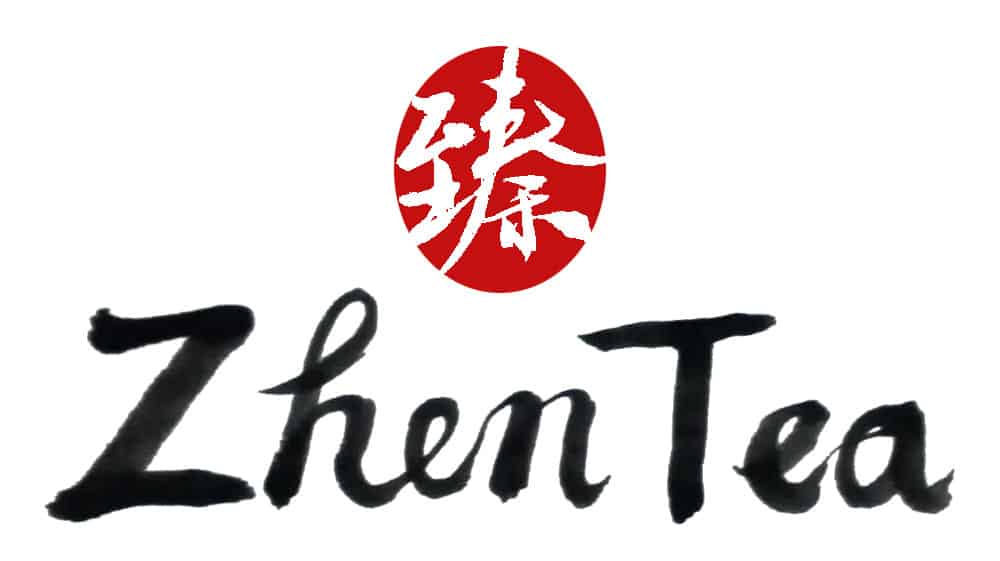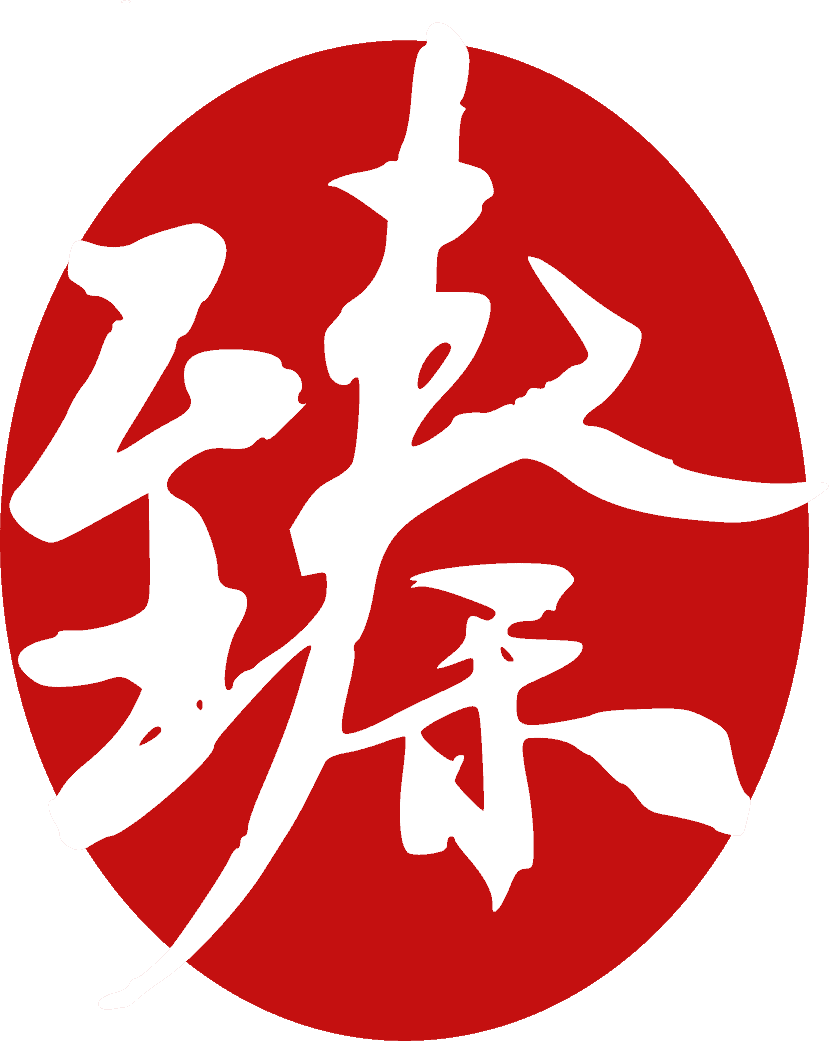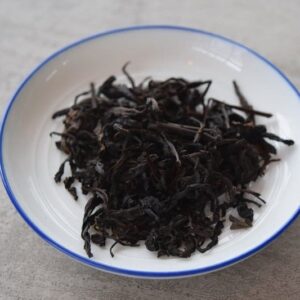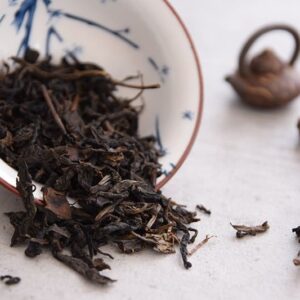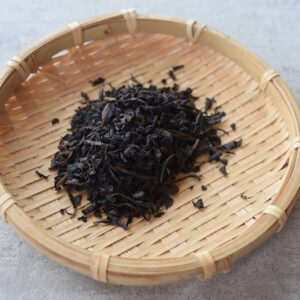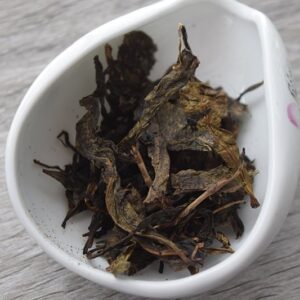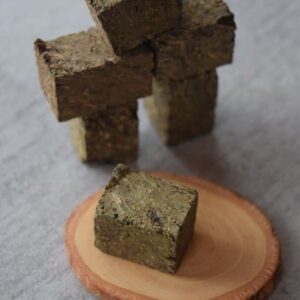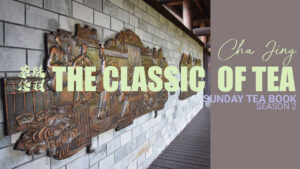Synopsis
China is the birthplace of tea and has a long history of utilizing tea. Throughout the history of China, tea has been evolving through different forms and methods of processing. As a result, today we have 6 tea types and a tremendous amount of different teas in China.
When this paper was written, the rest of the world only produced green tea and black tea and in terms of understanding the multitude of teas in China, there were (and are) mistakes in tea names and tea types. Therefore, finding a systematic and scientific way to categorize teas is something only China should and could do.
SIP ALONG with
-
Tian Jian
$9.00 – $150.00
This blog post is the synopsis and reading notes of the article Tea Classification in Theory and Practice by Professor Chen Chuan, translated by Michael Salt, librarian, East Asian History of Science Library, Cambridge (Journal d’agriculture traditionnelle et de botanique appliquée Année 1981 28-3-4 pp. 329-344).
Watch the Youtube video for the full walkthrough.
The link to the translated article is in the description box on Youtube.
Reading Notes
P.329, para.1. “the rank smell of which had been eliminated by evaporation”. Eliminating the rank smell actually explains the purpose of kill green (杀青, sha qing). Steaming is a better translation than evaporation. Though 蒸 in Chinese could be steam or evaporation, in this case, the process used was steaming.
P.329, para.1. “green, brown, black and red teas” refers to green, yellow, dark, and black teas respectively. “white and blue teas” refers to white and oolong teas.
P.330, para.3. “Outside China, wulong is applied to the entire category of blue teas”. Wulong, also known as oolong, is now widely accepted in the world as the category name. Oolong tea is also called qing cha, in this article translated as blue tea.
P330, para.3. “Non-Chinese people cannot differentiate the names of teas. Can they be expected to distinguish the categories? No. Outsiders have poked their noses into other people’s business, have been unable to make head or tail of it.” A very interesting and slightly harsh translation! The original is “外国人茶名分不清,也不可能分清茶类。外人越俎代庖,有些人熟视无睹”. The first sentence concludes the paragraph as it mentioned several common mistakes made about tea outside China. These mistakes make it clear that those outside of China cannot be relied on to differentiate tea types. The second sentence points out that other people (outsiders, non-Chinese) are doing what China should be doing, that is, attempting to create a tea categorization system, whereas Chinese people (more specifically, tea people) are not doing anything about it. Though the original has some sharpness, it criticizes both foreign and Chinese tea circles and is not as pointed at outsiders alone. It simply summarizes the intro part and points out the importance and urgency of his theory, a common part of any paper.
-
Aged Premium Tian Jian 2013
$15.00 – $500.00 -
Aged Tian Jian
$14.00 – $52.00 -
Fu Zhuan
$10.00 – $160.00 -
Qian Liang Cha 2017
$10.00 – $35.00
